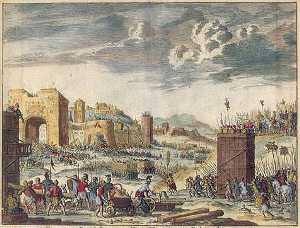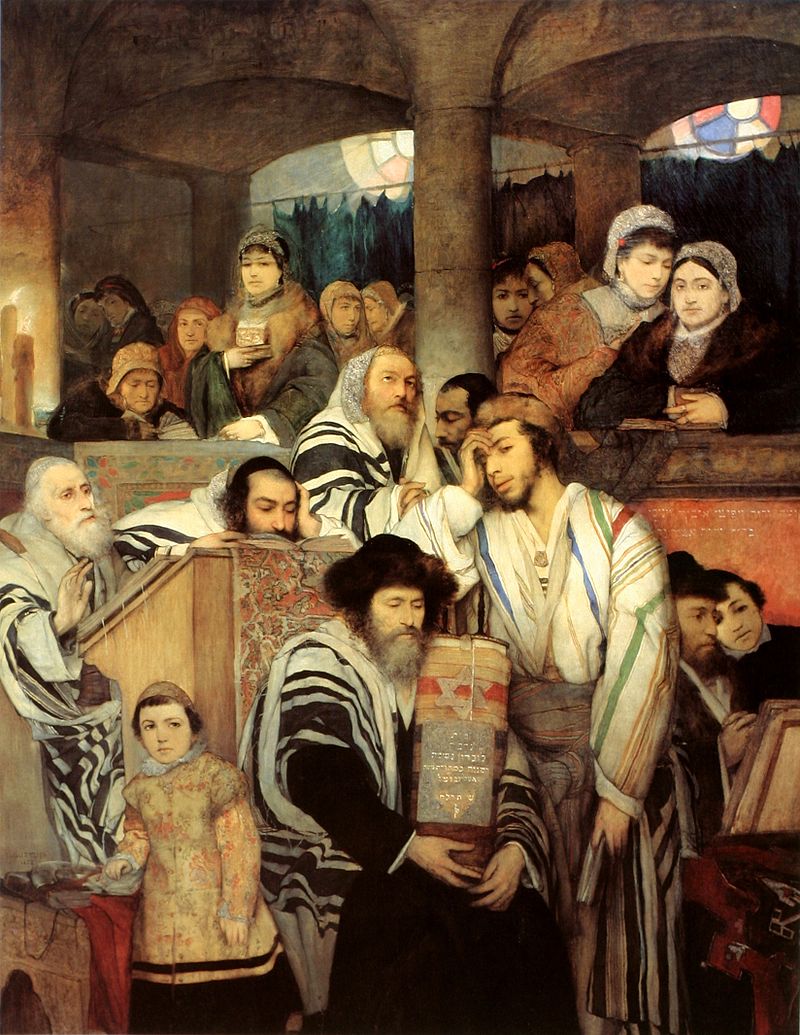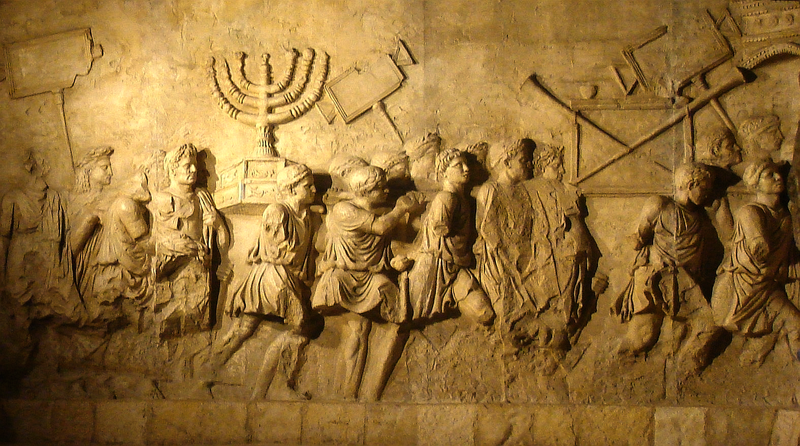
The fast day of the tenth of Tevet, which is tomorrow, marks the beginning of the siege of Jerusalem, which eventually led to the destruction of the Holy Temple and the exile of the Jewish people from their homeland. However, Jewish tradition records that today, the ninth day of Tevet, is also a sad day on the Jewish calendar, so much so that is worthy of being declared a fast day by itself.
This ninth day of Tevet is mentioned in the Jewish Code of Law. But the language there is cryptic. All it states is that the ninth day of Tevet is a sad day for “troubles that occurred on that day that are no longer known to us.” How are we to commemorate a day that has no meaning for us?
The prayers for the tenth day of Tevet make reference to the ninth of Tevet as the day of death of the great Jewish leader, Ezra the Scribe. The prayers, as well the above section in the Code of Jewish Law, also mention the eighth day of Tevet as a day that is a candidate for being a fast day. Thus, we have three consecutive sad days following one upon the other. All of these sad days have been united into the one fast day of the tenth of Tevet.
We are still left with the troublesome and somewhat mysterious question as to why the Code of Jewish Law did not clearly identify the ninth day of Tevet as being the day of the death of Ezra the Scribe. Ezra ranks second to Moshe in the hierarchy of the transmitters of Torah to the Jewish people. The rabbis of the Talmud taught us that “if the Torah had not been given through Moshe, then it would have been given through Ezra.” Why would the rabbis purposely hide Ezra’s day of death and give that sad day an anonymous character?
There are opinions that the date of Ezra’s passing was in fact the eighth of Tevet and not the ninth. As such, the mystery regarding the ninth of Tevet only deepens. Judaic scholars abhor mysteries, and thus, many theories have been advanced as to the reason for the sadness and trouble that occurred on the ninth day of Tevet. Though there are no hard and fast proofs that can sustain any of these theories, there is one fascinating theory that I wish to share with you.

I attended a lecture a number of years ago given by Professor Shnayer Z. Leiman, who was then the head of Judaic studies at Brooklyn College in New York. Professor Leiman is a great Talmudic scholar and a recognized expert in Judaic studies generally. He proposed that based upon recurring Jewish legends about the possibility of there being Jewish popes in the early years of Christianity, and the fact that the rabbis of the time of the Mishna exerted all efforts to delineate Judaism as a religion completely separate and distinct from nascent Christianity, the rabbis placed one of their own colleagues as a “mole” into the hierarchy of the Church to insure that it would completely separate itself from the Jewish people and Judaism per se.
This person naturally was awarded the cover of anonymity by the rabbis, and his mission was most successful, as Christianity, early on, did separate itself completely from Jews and Judaism. Various names have been submitted to identify the true identity of this person. I remember that Professor Leiman chose a likely candidate, but I no longer recall who he was. This anonymous hero of the rabbis and the Jewish people died on the ninth of Tevet, and he is remembered, albeit anonymously, by the cryptic reference to that date in the Code of Jewish Law. I cannot vouch for the veracity of this theory, but it certainly made for one fascinating and intriguing lecture.
May you all have a meaningful fast.











